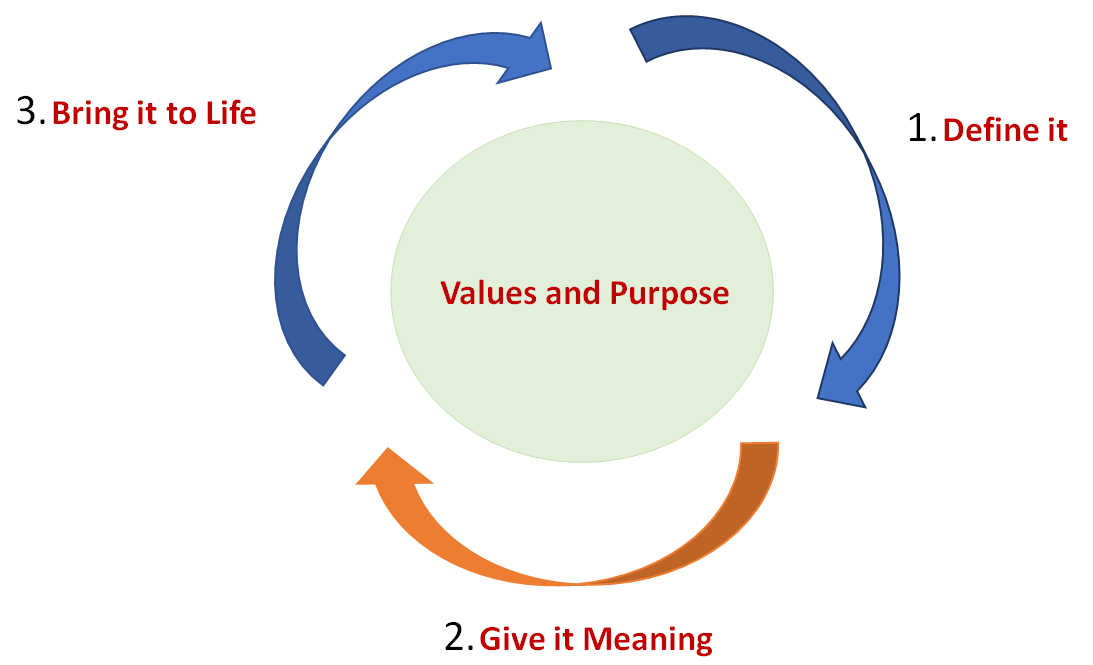A Coaching Model Created by Lalit Gupta
(Executive Coach, MALAYSIA)
What is Leadership Energy?
What is the difference between leaders and non-leaders? The leaders don’t give up!
The leaders have the ability to continue in the face of overwhelming odds when others would give up. The million-dollar question is – where do leaders find this tenacity, resilience, toughness or strength?
Navy Seals are the most elite of the forces in US Defence. “How do you find the right people for this elite force?”, a navy seal commander was once asked. He answered, “We are not looking for the most athletic or the brainiest of the lot. We put them through some of the toughest physical and mental routines. When they are physically and mentally spent, there are some candidates that can dig deep and find the energy to protect and save themselves and their teams. Those are the kind of people that make it to the Navy Seal team”. In other words, they have what we call “leadership energy”.
Where do the Navy Seal find their leadership energy? How does Nelson Mandela not give up after 27 years in prison? What are the sources of leadership energy?
According to leadership thinker Rajeev Peshawaria1, leaders find the source of their leadership energy through a slow and deliberate process of self-reflection and self-discovery. There are three main sources of leadership energy: deep clarity about your values, clear understanding of your life purpose that is based on your values, and regular practice of mindfulness.
Leadership energy is all about aligning your life with who you are!
Why a coaching model based on leadership energy?
The traditional coaching models based on goal setting, action planning and simplistic personality profiling may fall short of developing lasting impact for the client. The “one size fits all” simplistic approach is ineffective as it ignores the client’s individual life priorities and objectives as defined by his/her values and purpose.
In the proposed Leadership energy coaching model, you keep the coaching process fully aligned with the client’s values and purpose. This is important to bring about a lasting change for the client and continue to wake the client up to his/her higher potential.
This coaching model is targeted at business leaders. It can be used for executive coaching as well as life coaching.
Leadership Energy Coaching Model

Step 1: Define it
Define the issue or the leadership challenge that the client wants to address. It needs to be defined in as much detail as possible. What is the objective? How does it align or not align with the client’s sources of leadership energy (values and purpose)?
Step 2: Give it meaning
Explore with the client – why is it important? Help him understand the underlying challenges, beliefs and emotions. Help the client discover different perspectives. How does it all align with the overall values and purpose?
Step 3: Bring it to life
Explore and evaluate options, alternative ideas and solutions. Help the client be responsible and committed to the detailed plan and actions. Check along the way how the solutions and the actions are underpinned by the core values and aligned with overall purpose.
Resources:
1Too Many Bosses, Too Few Leaders – by Rajeev Peshawaria
<<Find out more about how to create your own Coaching model at ICA>>